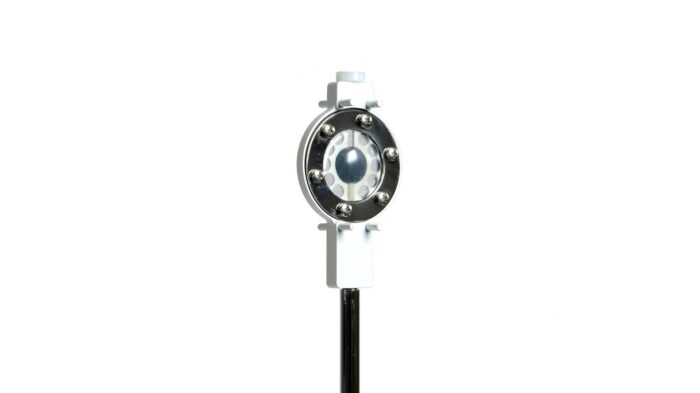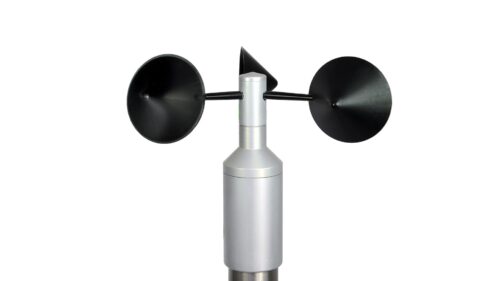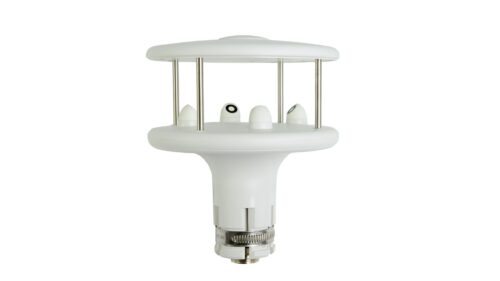Description
High sensitivity thermopile technology
Here’s the rephrased content, with approximately 20-30% alteration, while preserving the original meaning, headings, and points:
High Sensitivity Thermopile Technology
This sensor is engineered to measure net solar radiation: specifically, the distinction between the incident radiation originating from the sun and atmosphere, and the reflected component (shortwave) and re-emitted portion (longwave) emanating from the ground.
The sensor comprises two surfaces intended for parallel placement with the ground: the upper surface quantifies incoming solar radiation, which includes both direct and diffuse components, while the lower surface measures the radiation reflected and emitted from the ground. The divergence between these two readings represents the net radiation, which is typically positive during daylight hours on clear days and negative at night.
This instrument is meticulously designed and constructed to perform reliably even under extreme weather conditions.
Highlights
-
Measures net radiation, encompassing both incoming sky radiation and outgoing ground radiation (reflected and emitted), across the band;
-
Utilizes thermopile technology, ensuring rapid response times and significant insensitivity to wind speed, a prevalent issue for sensors relying on alternative technologies like “black bodies”;
-
Available in versions with µV output and 4-20 mA output;
-
Accessories are offered to enable RS485-Modbus RTU output from the DPA240 model;
-
Model codes: DPA840 / PRRDA0130, DPA240 / PRRDA0100A.




